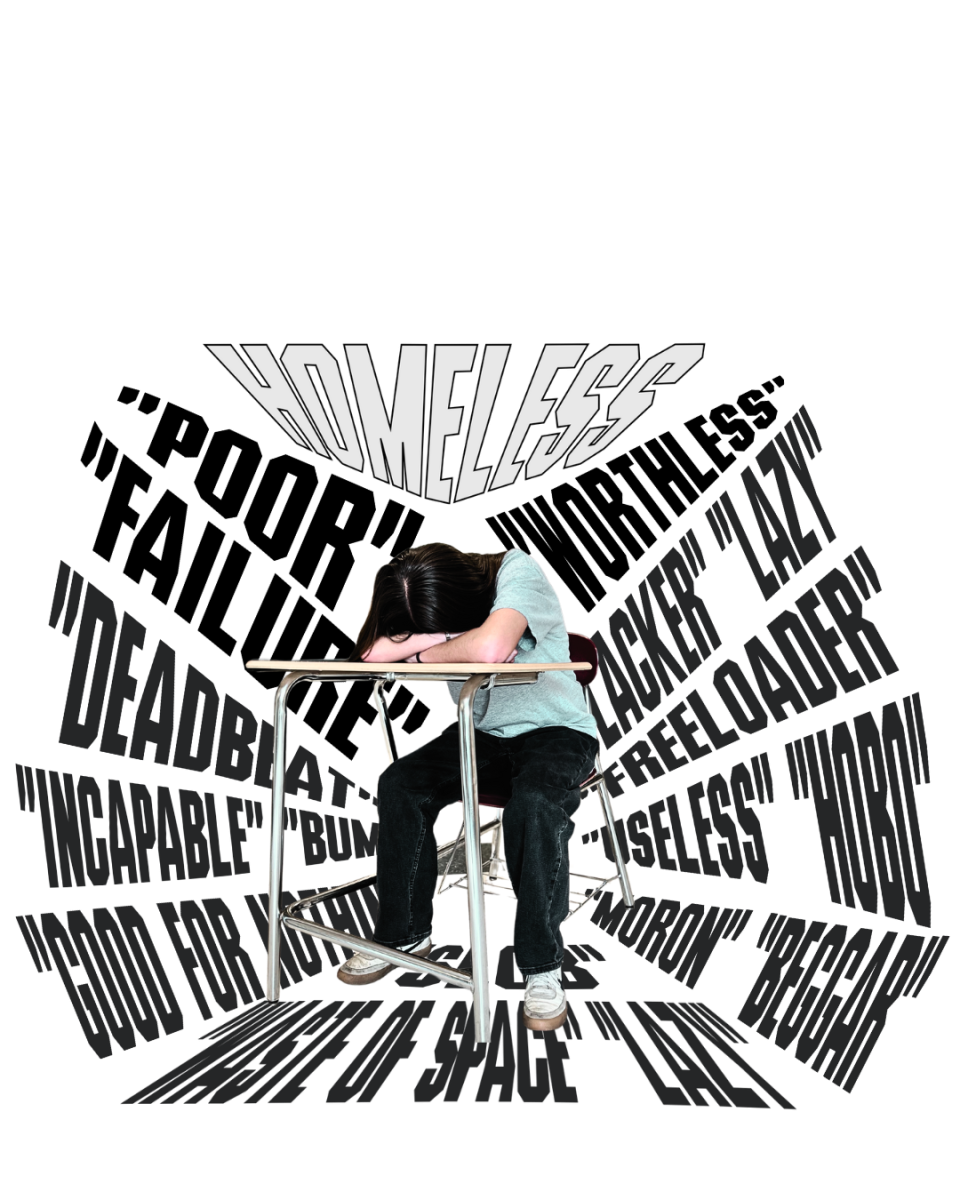Waste of Taxpayer Money Fueled by Pride
June 19, 2021
When I begin to think about the case of Mahanoy Area School District v. B.L., what comes to mind isn’t necessarily fear of censorship, or loss of my First Amendment rights–I don’t fear that, were B.L. to lose, I would be noticeably worse off in terms of my Internet free speech. While that might be true, and while I might be naive to not worry about it, what I think of the most when it comes to Mahanoy v. B.L. is the cost to taxpayers.
Since Mahanoy Area School District is a public school district, it’s funded by a mix of government stipends and taxpayer money.
And let’s be real– the government has been slowly defunding schools for decades, so they are not much help in providing schools with the funds they need to create a well-balanced education for all students. Thus, the burden often falls on the taxpayers within a school district to provide the money for school districts, causing higher property taxes– more money taken away, money that might be used on something they’ll never personally see.
Districts that don’t have lawsuits pending struggle with funding and constantly have to raise taxes– East Penn is no exception.
Last year, the board opted to raise property taxes by 1.2 percent in order to address problems stemming from the COVID-19 pandemic, school capacity, and various other issues. Yet, people still found much to complain about with this tax raise, and it could be argued that they have the right to. Many people without children in the district feel that they are paying for something that they will never see the benefits of. Others, even with children, feel that the taxes are simply too high.
But this story isn’t about East Penn– it’s about another district in Pennsylvania to the northwest of here: Mahanoy Area School District. And unlike East Penn, MASD has itself caught in a lawsuit rising to the level of the Supreme Court. And with a Supreme- Court-level case comes court fees, costs to hire an attorney; costs so extensive that I don’t know where they start and end. These costs will, undoubtedly, fall on the shoulders of the taxpayers to at least some extent. And unlike tax raises meant for new classrooms, teachers, or other things to improve the learning environment, taxpayers will for sure see where their money is going this time– on the television.
The extra cost won’t improve the lives of Mahanoy City citizens or their children. Their money is being taken to fund an authoritarian campaign against a student who has beaten them in every court previous; a student who they kicked off the cheerleading team just for daring to utter the F-bomb on her own, private social media.
I could go on about the ethics of B.L.’s social media usage, and the ethics of the school removing her from the cheerleading squad, but I don’t want to. I’m not writing this piece to argue about whether B.L.’s suspension was justified; I don’t care that much. What I do care about is a public school district using taxpayer money to argue, in court, whether the suspension was justified.
And then losing not once, but twice. And appealing both times.
To me, it seems like MASD does not want to admit that they were wrong.
They don’t want to admit they overstepped into the personal lives of one of their students. It’s a matter of pride; they don’t want to seem less smart than the person that plays a role in educating. But by continually dragging this case out, by continually appealing decisions, they do just that. MASD winning this case would not improve the lives of anybody; it most certainly wouldn’t improve the lives of their taxpayers.
I believe that MASD will lose this case.
When that happens, they will probably have to pay up to B.L., and that money will probably come from taxpayers, too. I have a lot of questions for the people that make legal decisions for Mahanoy Area School District, but I think the first thing I would ask, is “Why is a petty feud with a student, who already graduated, seemingly taking precedence over the financial well-being of the people who live in your school district?” I think that would be a good place to start.










